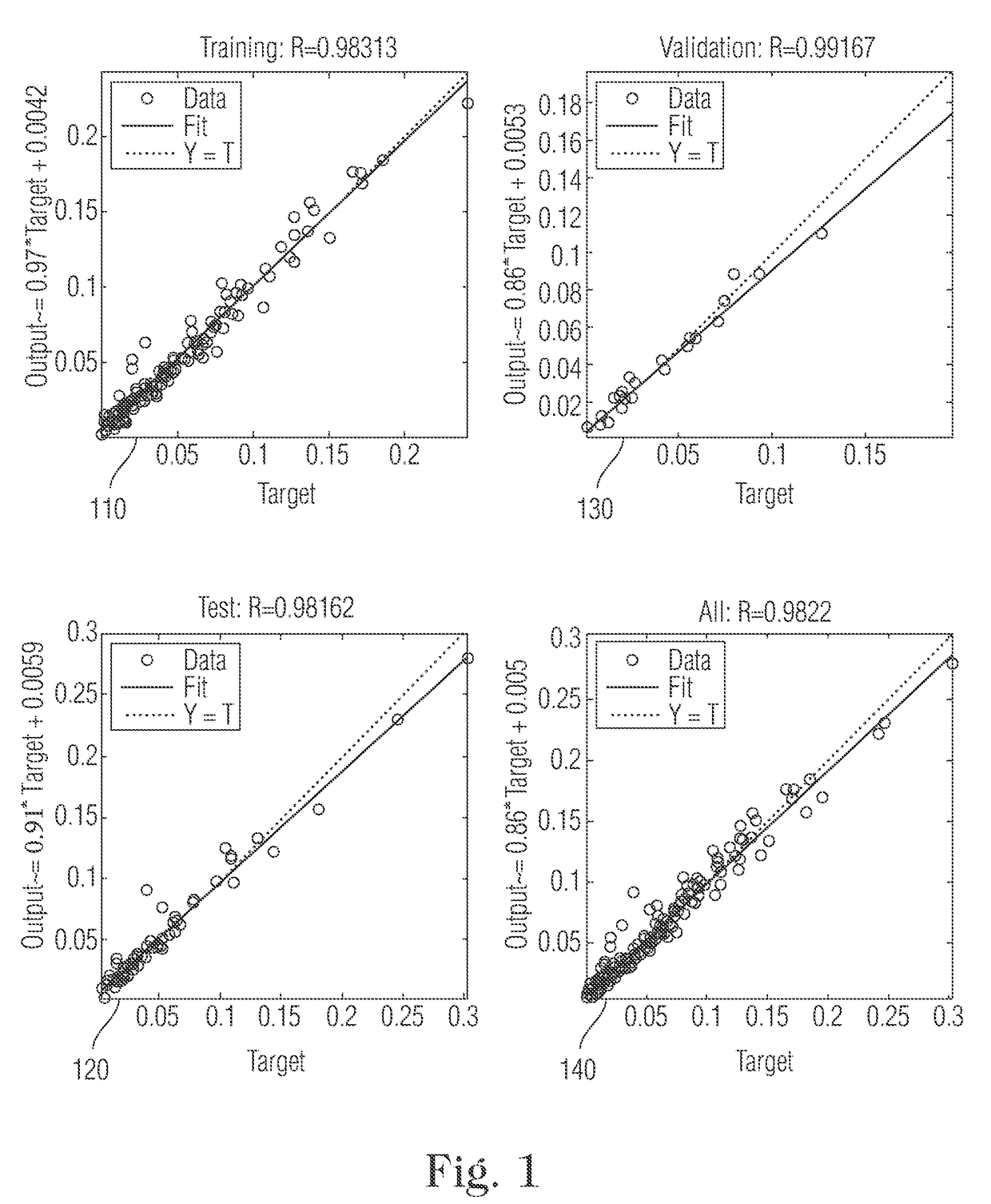Systems and methods for rapid prediction of hydrogen-induced cracking (HIC) in pipelines, pressure vessels, and piping systems and for taking action in relation thereto
- Summary
- Abstract
- Description
- Claims
- Application Information
AI Technical Summary
Benefits of technology
Problems solved by technology
Method used
Image
Examples
Embodiment Construction
[0028]Throughout the specification, terms may have nuanced meanings suggested or implied in context beyond an explicitly stated meaning. Likewise, the phrase “in one implementation” as used herein does not necessarily refer to the same implementation and the phrase “in another implementation” as used herein does not necessarily refer to a different implementation. Similarly, the phrase “one or more implementations” as used herein does not necessarily refer to the same implementation and the phrase “at least one implementation” as used herein does not necessarily refer to a different implementation. The intention is, for example, that claimed subject matter includes combinations of example implementations in whole or in part.
[0029]The present disclosure details systems and methods for improved HIC growth rate modeling. As present approaches in the technical field of HIC measurements and prediction have not been highly effective or efficient in determining crack growth characteristics...
PUM
 Login to View More
Login to View More Abstract
Description
Claims
Application Information
 Login to View More
Login to View More - R&D
- Intellectual Property
- Life Sciences
- Materials
- Tech Scout
- Unparalleled Data Quality
- Higher Quality Content
- 60% Fewer Hallucinations
Browse by: Latest US Patents, China's latest patents, Technical Efficacy Thesaurus, Application Domain, Technology Topic, Popular Technical Reports.
© 2025 PatSnap. All rights reserved.Legal|Privacy policy|Modern Slavery Act Transparency Statement|Sitemap|About US| Contact US: help@patsnap.com



